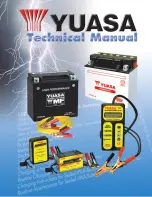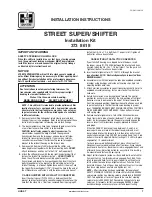
Maintenance
Tyres
Caring for Your Tyres
DEFECTIVE
TYRES
ARE
DANGEROUS!
Do NOT drive if any tyre is damaged, is
excessively worn, or is inflated to an incorrect
pressure.
Always drive with consideration for the condition of the
tyres, and regularly inspect the tread and side walls for any
sign of distortion (bulges), cuts or wear.
Note: If possible, protect tyres from contamination by
oil, grease, fuel and other automotive fluids.
Tyre Pressures
Check the pressures (including the spare wheel) at least
every week, when the tyres are cold.
If it is necessary to check the tyres when they are warm,
you should expect the pressures to have increased by 0.3 to
0.4 bar. In this circumstance, NEVER let air out of the tyres
in order to match the recommended pressures (cold).
Valves
Keep the valve caps screwed down firmly - they prevent dirt
from entering the valve. Check the valve for leaks (listen
for a tell-tale hissing) when you check the tyre pressure.
Tyre Wear Indicators
Tyres fitted as original equipment have wear indicators
moulded into the tread pattern at several points around the
circumference. When the tread has worn down to 1.6 mm,
the indicators will come to the surface of the tread pattern,
160













































